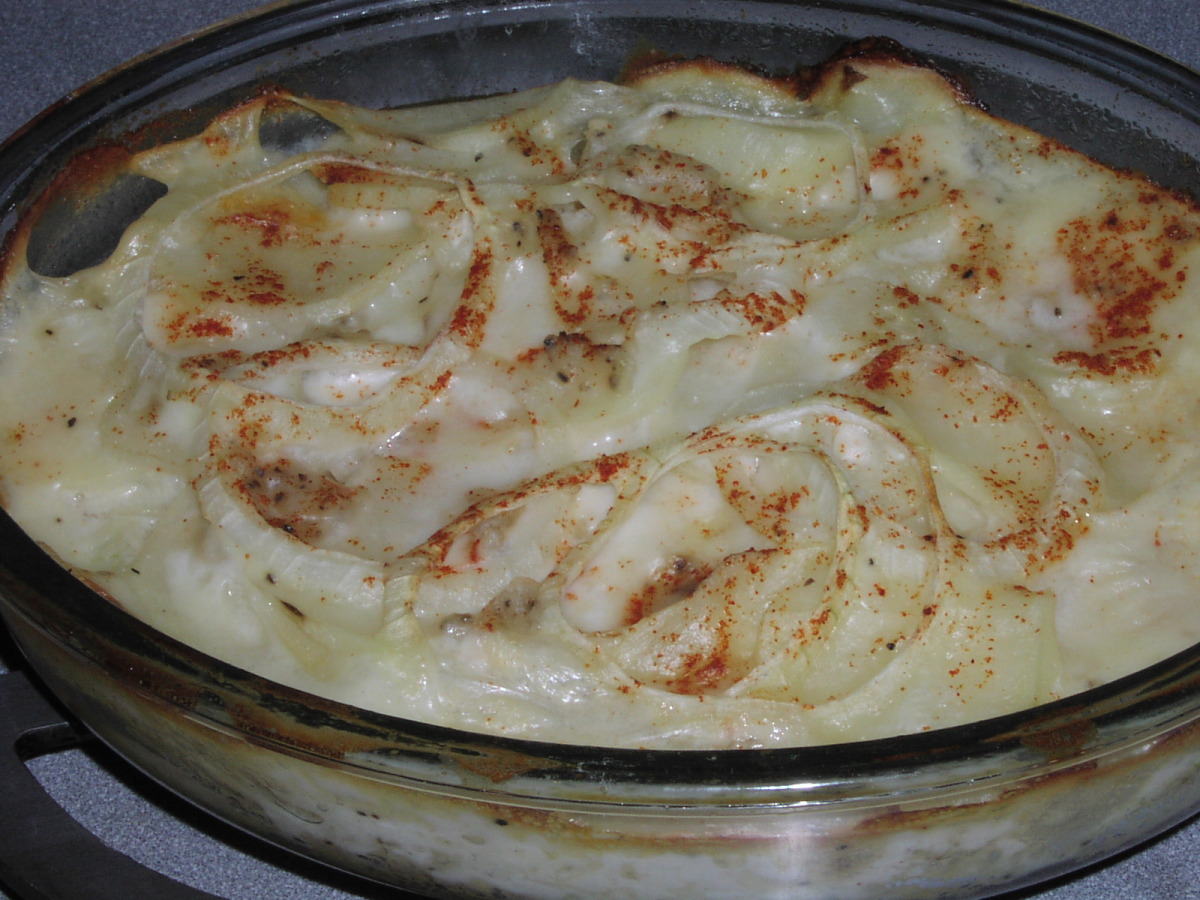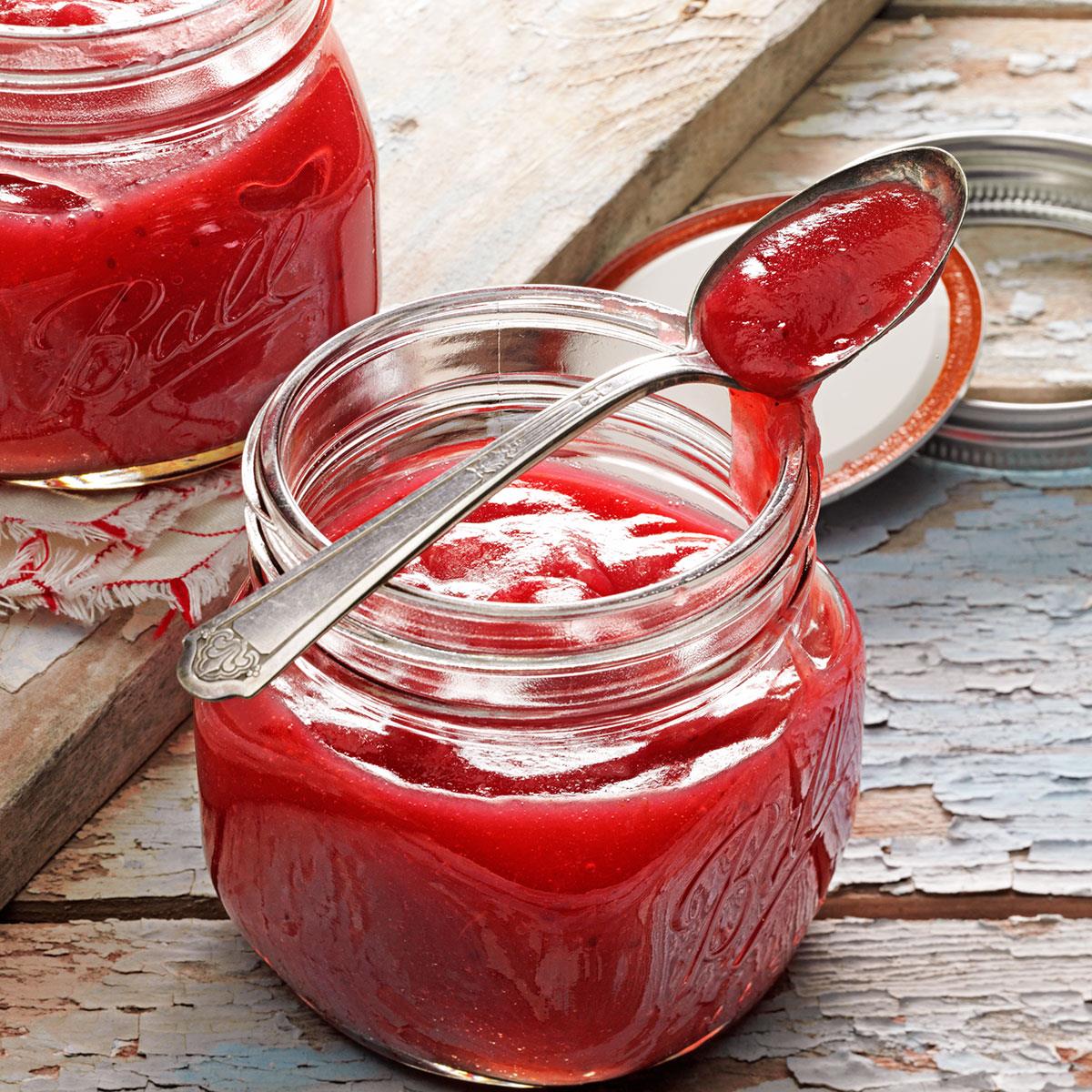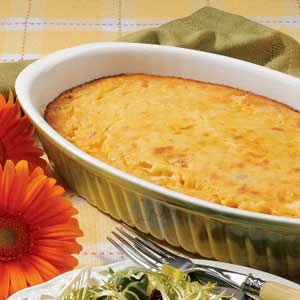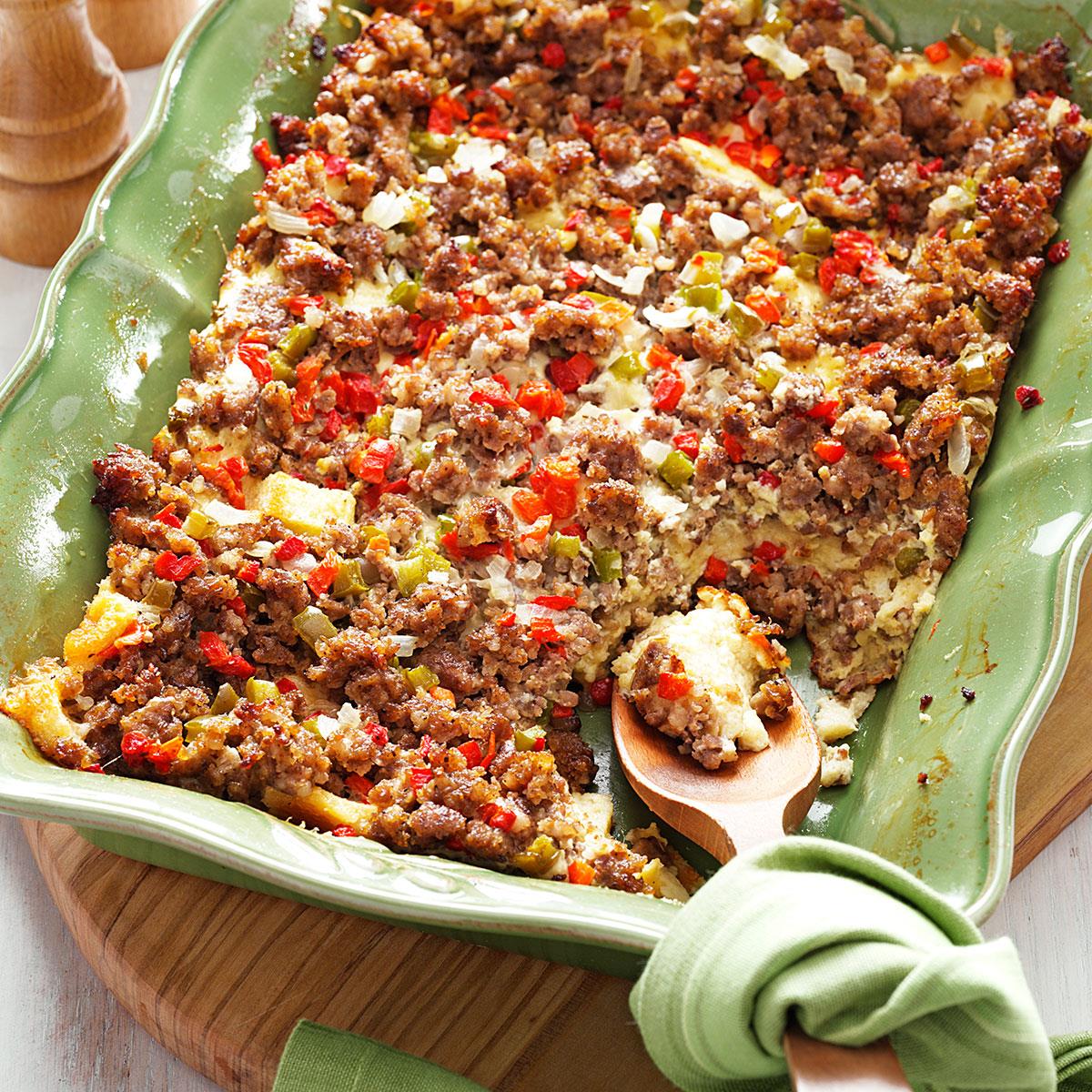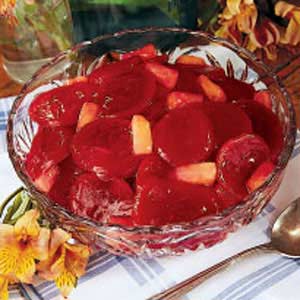Indulge in the delightful world of Challah bread, a traditional Jewish bread that holds a special place in many cultures. This versatile bread, often braided and topped with poppy or sesame seeds, is perfect for any occasion, from festive gatherings to everyday meals. Discover the art of creating this golden masterpiece with our collection of Challah bread recipes, ranging from classic to innovative flavors. Learn how to make the perfect dough, shape it into beautiful braids, and achieve that irresistible golden-brown crust. Whether you prefer a traditional recipe or a unique twist with ingredients like chocolate, cinnamon, or herbs, we have a recipe that will tantalize your taste buds. So, gather your ingredients, preheat your oven, and embark on a culinary journey to create the perfect Challah bread that will impress your family and friends.
Let's cook with our recipes!
JANE'S TOTALLY WHEAT BREAD (USING FOOD PROCESSOR)

This is a recipe that my customers at the farmer's market rave about. It is very moist, despite being made with 100% whole wheat flour. This makes two slightly small (1 lb) loaves of bread. If you are new to bread baking, I suggest you read my recipe "Jane's Challah Bread (Using Food Processor)" for tips. This recipe could be modified for a bread machine, stand mixer, or made by hand. Prep time does not include rising time.
Provided by doglover aka Jane
Categories Yeast Breads
Time 45m
Yield 2 loaves, 32 serving(s)
Number Of Ingredients 8
Steps:
- Proof yeast in warm water.
- Add brown sugar, salt and applesauce to yeast.
- Place flour and wheat gluten into the bowl of a large food processor and process briefly to mix. (Check your food processor manual to make sure your processor is powerful enough to process bread dough and to determine how much flour your processor can handle. If necessary, process this recipe in two batches). I use a 14 cup Cuisinart processor. (Note: vital wheat gluten is available in bulk or boxes at health food stores).
- Add oil to processor and process briefly to mix. .
- Start processor and slowly pour liquid through the feed tube. You may need more or less liquid depending on the type of flour and the humidity. Within about 30 to 60 seconds the mixture should form a ball. If it doesn't, add more water or flour (whichever is necessary) for the dough to form a ball. After the dough forms a ball, process for an additional 30 to 60 seconds until smooth and elastic. Do not overprocess because processing causes the dough to heat up and it might heat up so much that you kill the yeast. When making 100 percent whole wheat bread in my processor, it helps to use a dinner knife to "premix" the dough. Pour the liquid into the bowl (without the processor running) and mix briefly with a dull knife until most of the flour is moistened. Then process as above.
- Turn dough out onto a lightly floured board and form into a ball. This is your opportunity to ensure that the dough has the proper ratio of flour to liquid.
- Place dough into a lightly oiled bowl and turn to coat the surface of the dough with the oil. Cover with kitchen towel or plastic wrap and let rise in warm place until doubled.
- Turn risen dough out onto lightly floured board and knead a few times. Cut dough in half and let rest for 10 minutes.
- Roll half of dough into a rectangle about 1/2 inch thick. Turn board so long edge of rectangle is facing you. Fold right half over middle and press with fingers to seal. Fold left half over middle (so the "new rectangle" is as wide as your bread pan) and seal. Roll (beginning at narrow side) tightly, pressing as you go with your fingers to seal well. Pinch ends and tuck under loaf.
- Place in a greased loaf pan (8 inches by 4 1/4 inches by 2 1/2 inces). Oil the top of the loaf.
- Cover with a kitchen towel or loose plastic wrap and let rise in a warm place until almost doubled.
- Bake at 325 degrees F until done. This takes about 29 minutes in my oven.
- Turn out and let cool on a rack.
Nutrition Facts : Calories 75.3, Fat 2, SaturatedFat 0.2, Sodium 92.6, Carbohydrate 13.1, Fiber 2, Sugar 1.3, Protein 2.2
JANE'S CHALLAH BREAD (USING FOOD PROCESSOR)
This is a traditional Jewish bread although most cultures have a similar type of bread. It is slightly sweet and eggy. It is traditionally formed into a braid, but can also be baked in a loaf pan (for easier slicing). This recipe makes 2 16 ounce loaves (notice that these loaves are slightly smaller than typical recipes). The smaller size works best in my food processor and I find it is the preferred size of my farmer's market customers. It makes great French Toast. It is also an excellent base recipe for sweet breads (cinnamon raisin swirl, pecan rolls, etc.) I use a 14 cup Cuisinart food processor to make all my breads but the recipe could be adapted to a bread machine, stand mixer, or made by hand. Although the steps look long and involved, I have written them for the novice bread baker -- so I have included a lot of detail. The time to make is just an estimate.
Provided by doglover aka Jane
Categories Yeast Breads
Time 4h30m
Yield 2 16 ounce loaves, 32 serving(s)
Number Of Ingredients 8
Steps:
- Put yeast in 1/2 cup warm water (100 to 110 degrees F). Do not use hotter water or you might kill your yeast. Stir with a spoon until yeast is completely moistened. It will still be a bit lumpy. Let sit 5 to 10 minutes. Stir to ensure that there are no lumps remaining. If you are not sure your yeast is still alive, add a pinch of sugar. The yeast should foam within 5 to 10 minutes. This whole process is called "proofing the yeast".
- Meanwhile, beat egg with fork. Add 1/2 cup warm water. Add sugar and salt. Stir until mixed. Add the proofed yeast.
- Check your food processor manual to ensure that it is capable of mixing bread dough and what is the maximum amount of flour that it can handle. Note that this amount will be significantly less than the stated capacity of the processor. My Cuisinart Power Prep Plus has a stated 14 cup capacity but it can only handle bread dough made with a maximum of 4 cups of flour. If it cannot handle the full 4 cups of flour in this recipe, process the dough in multiple batches.
- If your processor has a separate dough blade, put this blade in the processor. Add the flour (Important: process the dough in separate batches if your processor can't handle the full 4 cups). Add the oil. Process briefly to mix the flour and oil.
- Turn the processor on (use the dough cycle if your processor has one). Slowly add the liquid through the feed tube. Process until the dough forms a ball. Then process until the dough is smooth and elastic (my processor takes about 30 seconds to get to this stage, but it could take as long as 90 seconds.). The dough ball will rotate around the processor bowl. Do not overprocess because the dough will heat up during processing and may get so hot that it kills the yeast.
- Note that depending on the humidity, the type of flour that you use, and the size of your egg, you may need more or less flour to make the right consistency dough. Most beginners use too much flour. The dough should still be slightly sticky but not so sticky that it "breaks" and sticks to a clean hand.
- Turn out onto a lightly floured board and form into a ball. This is your opportunity to check the texture and knead in a little flour if necessary. If it is too stiff and dry, return dough to processor and add a little more water, process until incorporated.
- Place the ball of dough into a lightly oiled bowl. Turn ball over to ensure all surfaces of the dough are lightly covered with oil. Cover bowl with kitchen towel or plastic wrap. Place in a warm place (80 to 85 degrees F is best) until doubled in size and an imprint made with your finger remains in the dough. (If you have a separate light switch in your oven, turn the light on when you begin your bread making process and let the bread rise in the oven. The light will warm the oven somewhat. You can also jumpstart the oven by warming it to the lowest setting, then turn the oven off and leave the door open until the temperature is reduced to no more than 90 degrees.).
- Turn dough out on floured board. Knead gently and cut dough in half. Let dough rest for 10 minutes. Work with one half of dough at a time.
- For braid: cut each dough half into 3 equal pieces. Roll each piece into a long strand (each about 1 inch thick). Braid the strands. Pinch the ends of the loaf and tuck under. Place loaf on a greased baking sheet (I use vegetable shortening to grease my pans because it seems to release the bread better than oil).
- For traditional loaf: roll each dough half into a rectangle (about 1/2 inch thick). Turn so long edge is facing you. Fold right half over middle and press to seal. Fold left half over middle and press to seal. You should now have a rectangle that is as wide as your bread pan. Roll the rectangle up (starting at the short end), pressing with your fingers to seal the loaf well (If you don't do this step well you will have large air pockets in your bread). Pinch the ends of the loaf to seal. Place loaf in a greased loaf pan (I use vegetable shortening to grease the pan.). I use a slightly small bread pan (8 inches by 4 1/4 inches by 2 1/2 inches high) which yields a 1 lb loaf.
- Use your hands to rub oil on the top of the loaves. Cover with loose plastic wrap or a kitchen towel. Let rise until doubled. (Note that the dough will just have reached the top of the loaf pan (or less, depending on the size of your loaf pan)).
- If desired, beat 1 egg yolk with 1 teaspoon of water and carefully brush the top of the loaf. Sprinkle with coarse sugar, poppy seeds or sesame seeds if desired.
- Bake in a 325 to 350 degree oven for 25 to 30 minutes. In my oven, a 16 ounce loaf takes 27 minutes at 325 degrees. If you bake the bread too long, it will be somewhat dry and crumbly and will go stale faster. If you don't bake it enough, it will be doughy in the center, even when cool. Note that if you cut properly cooked HOT bread, it will seem a bit doughy. Let the bread cool slightly before cutting (I know that it is nearly impossible to wait).
- Some tips: If your bread is dry and crumbly you: added too much flour, cooked it too long, or let it get stale. If your bread is too dark you: had the oven too high (breads with more sugar will darken quicker) or baked it too long. If your bread has large holes you: didn't knead enough after the first rising to remove pockets of air or you didn't seal your loaf as you were forming it.
- If your braid is very flat you didn't have enough flour in the dough (note that this braided bread should only be about 3 inches tall. If you want a taller braided bread, stack a second (slightly smaller) braid on top of the first and bake slightly longer.
- If you find you enjoy making homemade bread, I suggest that you purchase your yeast in a 1 or 2 lb package at a warehouse type store. In my area (Ohio, USA) a 1/4 ounce (2 1/4 teaspoon) packet costs at least $.50 but a 2 lb package (equal to 128 packets only costs $3.49 -- a HUGE savings).
- This bread freezes well for up to 2 months. You can even pre-slice it.
Nutrition Facts : Calories 85.9, Fat 2.3, SaturatedFat 0.3, Cholesterol 5.8, Sodium 75.6, Carbohydrate 14.2, Fiber 0.5, Sugar 2.1, Protein 2
Tips:
- Activate the yeast properly: Ensure the water temperature is between 105°F and 115°F (41°C and 46°C) for active dry yeast and 120°F and 130°F (49°C and 54°C) for instant yeast. If the water is too hot, it can kill the yeast, and if it's too cold, the yeast won't activate properly.
- Use fresh ingredients: Fresh eggs, butter, and milk will give your challah the best flavor and texture.
- Don't over-knead the dough: Over-kneading can make the challah tough. Knead the dough just until it comes together and forms a smooth ball.
- Let the dough rise in a warm place: This will help the dough to double in size and develop its full flavor.
- Bake the challah in a preheated oven: This will help the challah to rise evenly and develop a golden crust.
- Brush the challah with egg wash before baking: This will give the challah a beautiful golden shine.
Conclusion:
Jane's Challah Bread is a delicious and versatile bread that can be enjoyed on its own or used to make sandwiches, French toast, or croutons. With its slightly sweet flavor, soft and fluffy texture, and beautiful golden crust, it's a perfect addition to any meal. Whether you're a seasoned baker or a beginner, this recipe is easy to follow and will yield a delicious loaf of challah bread that you'll be proud to share with your family and friends.
Are you curently on diet or you just want to control your food's nutritions, ingredients? We will help you find recipes by cooking method, nutrition, ingredients...
Check it out »
You'll also love




